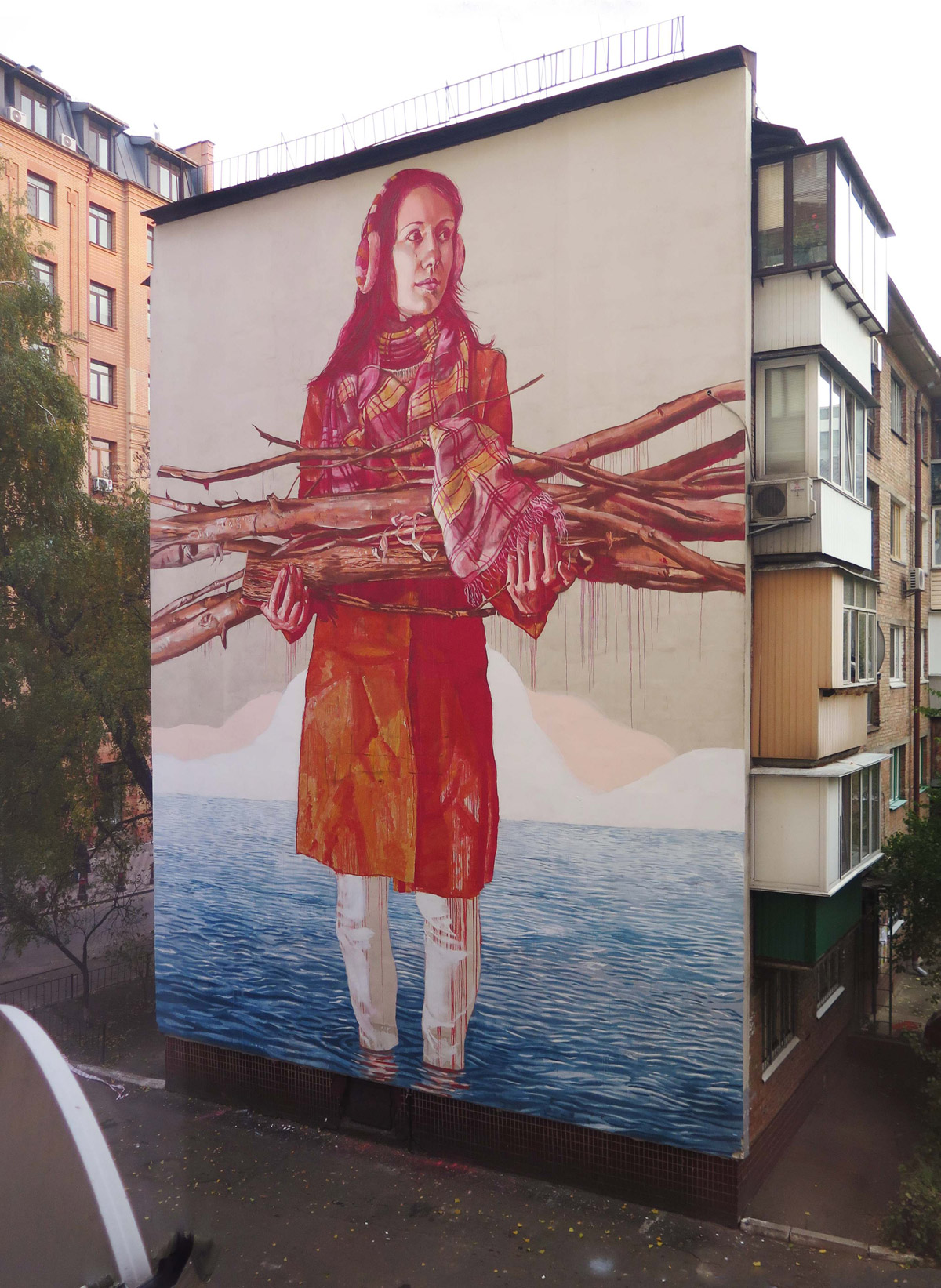

Keep in mind that simple silhouettes allow the viewer’s eye to better take in the design. This is the strength of this process you can quickly visualize the design without having to paint all the details. Going back to velociraptors, you can probably see why they have a tail it’s there to counterbalance their heads, which lean forward.Īt this point, the design starts to read as a textured volume, even though we haven’t put down a single stroke of paint. Using the same method I used to distribute weight and center of balance for the legs, I build out the rest of the form, making sure I don’t make the design too asymmetrical or front/back heavy so that it couldn’t stand without falling over.

For example, you can have a wide-based “foot,” or balance the leg with the “heel” of the design, much like a velociraptor.īuilding out from the legs, I collage the rest of the mecha. When designing bipedal mecha, it is important to think about how you can balance the joints properly. Using the same four parts to create these concepts, I first created several variations on what my mecha’s leg could look like. With the canvas set up, I take the primitive shapes and begin joining, rotating, squashing, and stretching them like lego pieces to create complex shapes. This step can be simple or complex depending on the photo you use, which is why it’s important to take photos with strong light and shadow. I then manipulate the light and shadow sides to create basic 3d primitives (cube, cylinder, sphere.) Any object can be broken down into these core forms, be it mecha, human, car you name it! These primitives will be the building blocks of our bipedal mecha. For example, hardware will usually have an external surface that protects the functioning bits, with a chassis underneath it that contains the parts themselves. Breaking the object apart helps me understand how an object is put together. After that, I select individual parts of the images that have solid forms. I start by taking photos and searching for images, especially of objects that have distinct light and shadow sides. By manipulating photos into shapes, a design can quickly attain a level of detail and believability comparable to a 3d model. In this tutorial, I’ll be showcasing my mecha design process that focuses on getting to a polished stage relatively quickly.


 0 kommentar(er)
0 kommentar(er)
